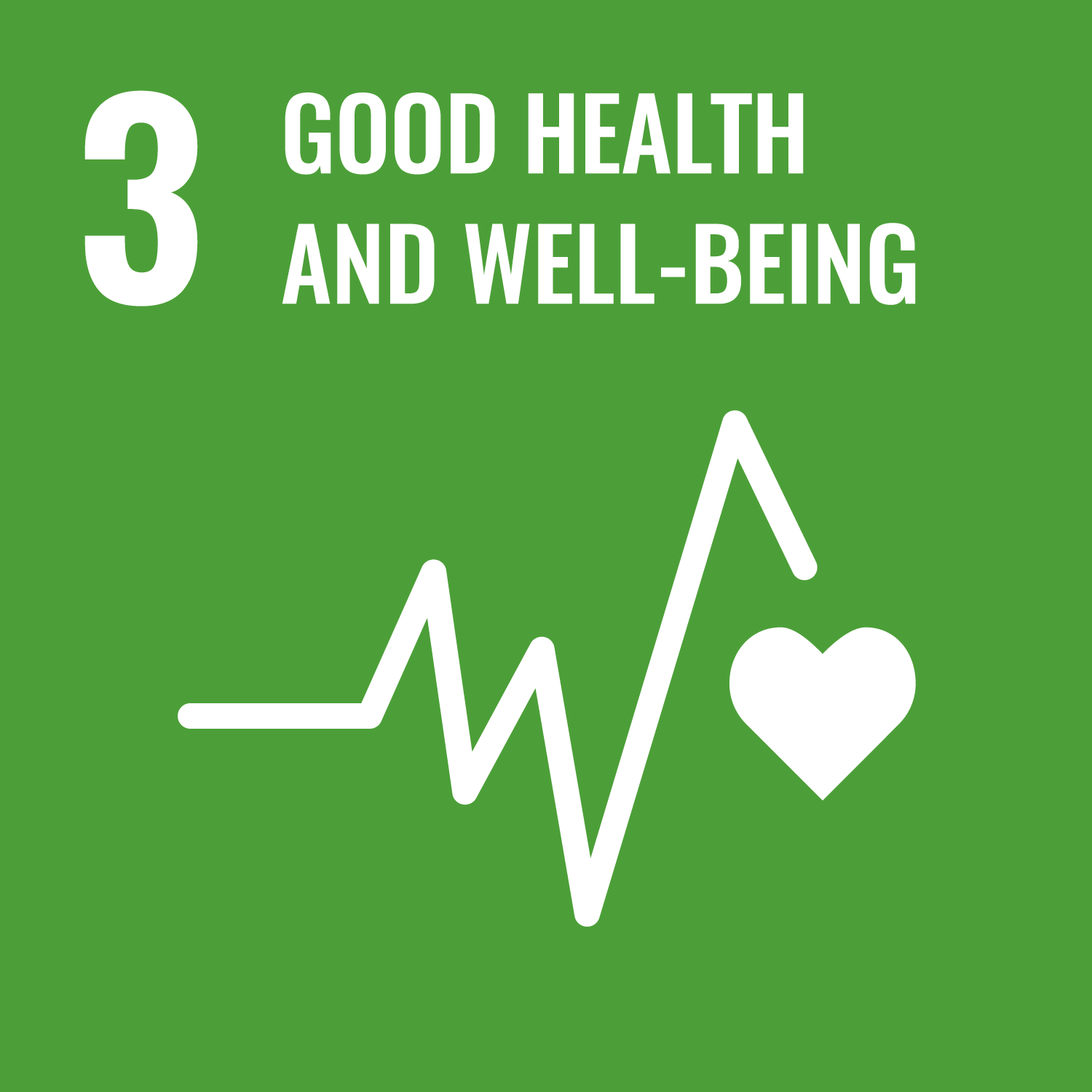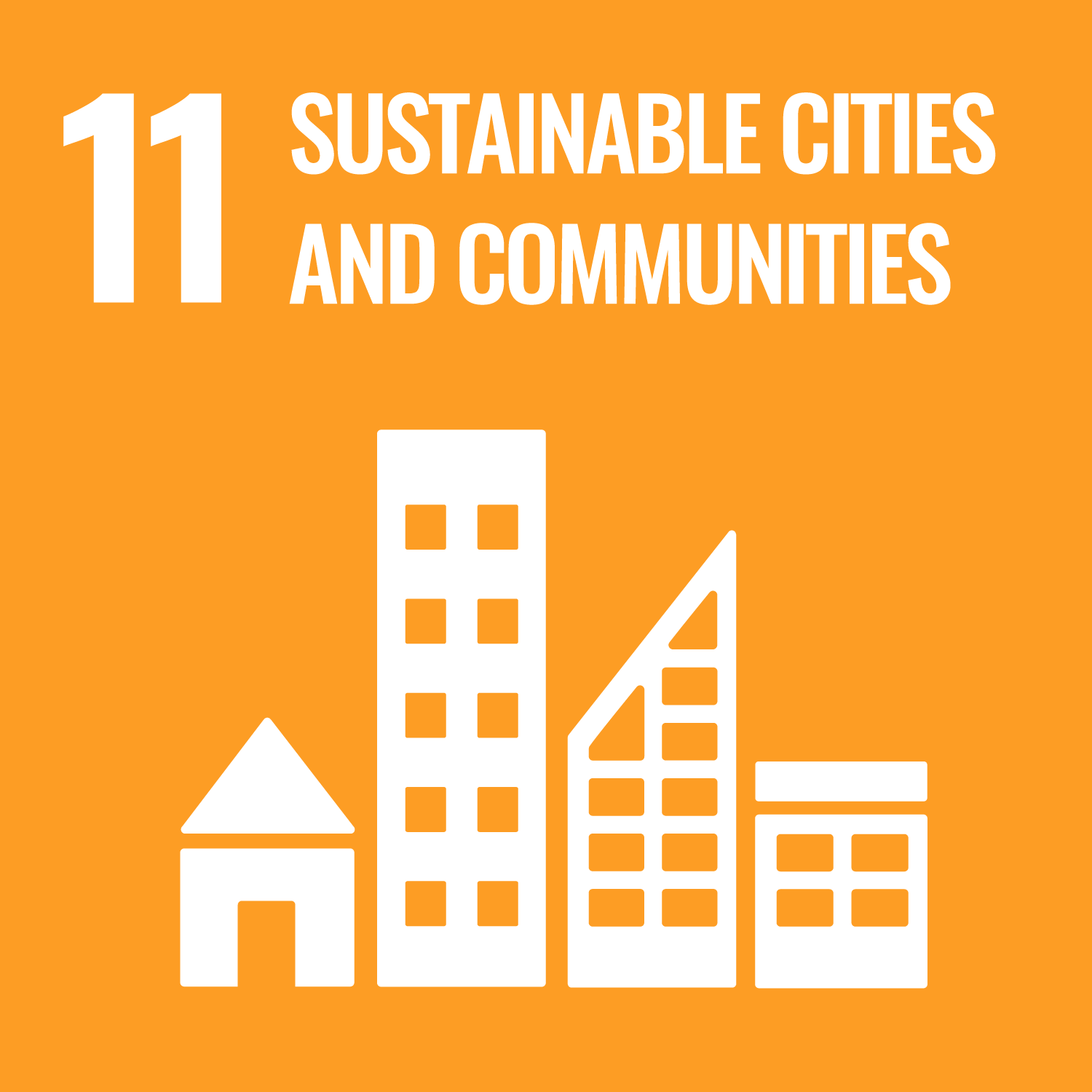In Queensland, total motor vehicle travel (by passenger vehicles, light commercial vehicles, trucks, and buses) has fluctuated over the last few decades, with significant implications for emissions. We express this metric as the total vehicle kilometres travelled (VKT).
- From 44 billion kilometres in 2002, VKT increased, peaking at 58 billion kilometres in 2015.
- This growth was followed by a slight decline between 2016 and 2018.
- A more pronounced reduction of two billion kilometres followed in 2018/2019.
- VKT dropped a further four billion kilometres by 2019/2020.
- In recent years, VKT has stabilized around 51 billion kilometres.
Reasons for fluctuating VKT
The reduction in VKT during 2018/2019 and 2019/2020 can be largely attributed to the COVID-19 pandemic, particularly due to lockdowns and the increased prevalence of remote working.
A study by the International Transport Forum (2021) confirmed that such reductions were observed globally as mobility restrictions and work-from-home policies led to significant drops in road traffic and, consequently, emissions.
VKT and emissions
VKT directly influences motor vehicle emissions, with higher travel volumes generally leading to increased emissions. However, advancements in electric vehicles (EVs) and hybrid technologies have begun to offset emissions of specific pollutants and greenhouse gases.
A lifecycle analysis found that EVs can reduce greenhouse gas emissions by up to 50% compared to traditional internal combustion engine vehicles, especially when powered by renewable energy. Additionally, a report by the Australian Department of Industry, Science, Energy, and Resources suggests that increased adoption of EVs and hybrids could significantly mitigate emissions, even as VKT increases.
Future challenges
The long-term upward trend in VKT, driven by population growth and an increasing number of vehicles on the road, suggests that without significant interventions to improve vehicle technology or travel behaviour, emissions will likely continue to rise.
However, research by the Australian Bureau of Infrastructure, Transport, and Regional Economics indicates that urban planning strategies promoting public transport, cycling, and walking can effectively reduce VKT and its associated emissions. These strategies, combined with the rise of cleaner vehicle technologies, offer a potential pathway to decoupling travel growth from emissions increases.
In addition, studies on post-COVID-19 transportation patterns suggest that the shift towards remote work may have a lasting impact on reducing VKT, potentially contributing to lower emissions if supported by appropriate policies and infrastructure investments.
The ongoing challenge will be to manage the balance between growing travel demands and emissions reduction, particularly as Queensland navigates the post-pandemic recovery and continues to expand its transport infrastructure. Strategic planning and continued support for EVs and public transport are crucial in achieving sustainable transport outcomes.






